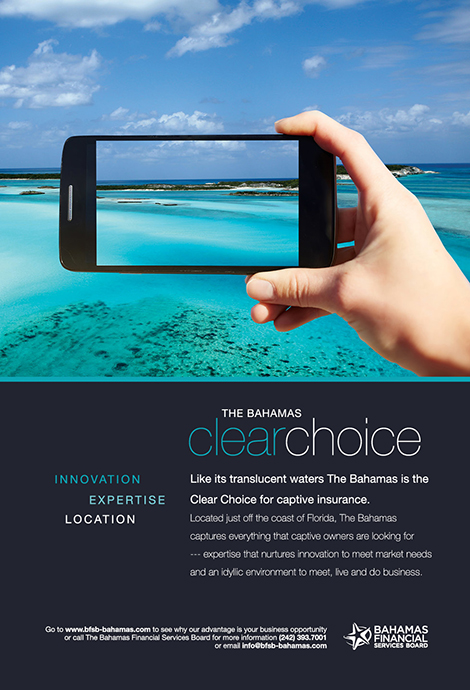Milliman
The insurance-linked securities market is pivoting to focus on bringing new types of risk and new sponsors. Aaron Koch of Milliman explains
ILS assets under management continue to grow but at a slower rate than recent years. Have you seen this and what would you attribute it to?
The insurance-linked securities (ILS) market has enjoyed rapid growth over the past five years, roughly tripling in size since 2010. It is true that the growth has slowed somewhat over the past year, particularly among ‘traditional’ ILS assets such as catastrophe bonds. At the same time, however, we’re starting to see alternative capital investment funds sponsor a number of new structures, such as Lloyd’s syndicates and rated reinsurers. Even if these initiatives are not precisely ILS, they fill a similar role and are bringing new capital to the market.
Over the longer term, the market is unlikely to sustain its recent growth rates without a significant expansion among the sources of risk that are covered by ILS. The recent slowdown is largely attributable to major sponsors reaching limits on the amount of ILS they are willing to purchase. As a result, the market is pivoting to focus on bringing new types of risk and new sponsors to the market—with captives being a notable example of potential new sponsors.
How much do captives participate in the ILS market in the US?
To date, captive use of ILS in the US is still relatively limited—there are only a few examples of major catastrophe bond transactions that have been sponsored by captives. However, most of these deals have taken place within the last year, which suggests that there may be an increasing willingness in the captive market to explore ILS as a risk transfer tool.
How and why do captives access the ILS market?
So far, captive ILS transactions have insured against ‘peak perils’, including US hurricane and earthquake risks, which have around a 1-in-50 to 1-in-100 chance of occurring. There are a few reasons why a transaction like this might be attractive to a captive.
First, it may allow a captive to secure catastrophe coverage at an attractive price, as the cost of catastrophe bonds has fallen significantly over the past several years and is now competitive with traditional reinsurance prices on certain risks.
Second, it may allow a captive to tailor its catastrophe coverage to meet its specific needs. Each of the captive-related catastrophe bonds to date has utilised a parametric trigger, meaning that the bond pays out to the sponsor based on the physical characteristics of an event, for example, wind speed, storm surge levels, instead of the actual insured loss suffered by the captive.
This type of structure may be attractive to sponsors because it pays out more quickly and is not dependent on the outcome of the loss adjustment process.
Finally, captives may be able to use ILS to secure more catastrophe coverage than they are able to obtain in the traditional reinsurance market. Each of the captive ILS transactions to date have secured upwards of $250 million of coverage limit for its sponsor. The ability to obtain this much coverage in a single, fully collateralised transaction, which eliminates the credit risk faced by the sponsor, is something that may appeal to captive owners.
Why is Bermuda a popular domicile for ILS vehicles?
Bermuda has emerged as a leading domicile for ILS vehicles because of a number of factors. Bermuda has developed an efficient process for registering the special purpose vehicles (SPVs) that house ILS transactions, and offers a regulatory and tax environment that is attractive to investors and sponsors.
In addition, it benefits from its position as an international reinsurance hub, as the wealth of expertise among Bermuda’s service providers and reinsurance entities has translated well into supporting the ILS market.
What about other insurance domiciles regulating for ILS business? Are they well equipped to handle its growth?
As ILS has continued to grow, it has drawn interest from additional regulatory domiciles over the last couple of years. The most notable recent example is the UK, which has recently recognised ILS as a key growth opportunity and is devoting resources to try to bring ILS business onshore.
It will be interesting to see how the UK’s efforts progress, because it will provide a case study for other major insurance domiciles. While the UK is known for its reinsurance expertise, it faces major hurdles on the regulatory and tax side.
The existing structures put the UK at a significant disadvantage relative to Bermuda with regard to the cost and speed of setting up ILS vehicles.
While it may present a challenge to close this gap, it is nevertheless encouraging to see the discourse progress to this level. It serves as a testament to the continuing maturation and future growth potential of the ILS market.





